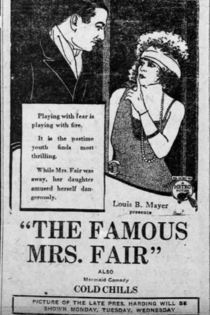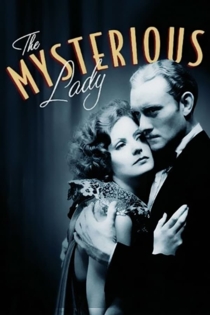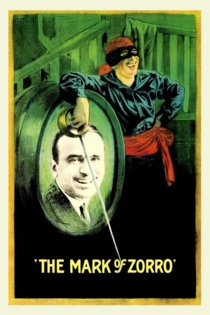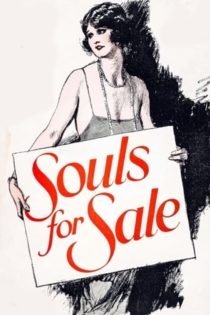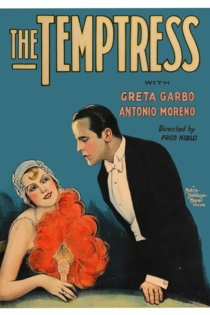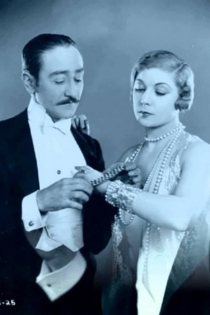
Fred Niblo
1874 - 1948Fred Niblo (January 6, 1874 – November 11, 1948) was an American pioneer film actor, director and producer. Niblo was born Frederick Liedtke (several sources give "Frederico Nobile", apparently erroneously) in York, Nebraska, to a French mother and a father who had served as a captain in the American Civil War and was wounded at the Battle of Gettysburg. Using the stage name, Fred Niblo, Liedtke began his show business career performing in vaudeville and in live theater. After more than twenty years doing live performing as a monologist, during which he traveled extensively around the globe, he worked in Australia from 1912 through 1915, where he turned to the burgeoning motion picture industry and made his first two films.
As a Hollywood director, he is most remembered for several notable films beginning with his 1920 work The Mark of Zorro which starred Douglas Fairbanks. The following year he teamed up with Fairbanks again in The Three Musketeers and then directed Rudolph Valentino in Blood and Sand.
In 1924, Niblo directed the film Thy Name Is Woman. In 1925, Niblo was the principal director of the epic Ben-Hur that was one of the most expensive films of the day but became the third highest-grossing silent film in cinema history. Niblo followed up on this success with two major 1926 works, The Temptress starring Greta Garbo in her second film in America, and Norma Talmadge in Camille. Niblo went on to direct some of the greatest stars of the era including Joan Crawford, Lillian Gish, and Ronald Colman. In 1930 he directed his first talkie with two of the biggest names in show business, John Gilbert and Renée Adorée in a film titled Redemption.
Fred Niblo retired in 1933 after more than forty years in show business. The last sixteen years were used to make more than forty films, most of which were feature length projects. He was an important personality in the early years of Hollywood and was one of the original founders of the Academy of Motion Picture Arts and Sciences. In recognition of his role in the development of the film industry, he received a star on the Hollywood Walk of Fame at 7014 Hollywood Boulevard on February 8, 1960. His Ben-Hur film has been selected for preservation in the United States National Film Registry.
Fred Niblo died in New Orleans, Louisiana, and is interred in Forest Lawn Memorial Park Cemetery near his wife Enid Bennett in Glendale, California. His son with Josephine Cohan, Fred Niblo, Jr. (1903–1973) was a successful Hollywood screenwriter.
Ben-Hur: A Tale of the Christ
Fred Niblo
Ramon Novarro, Francis X. Bushman
Erstwhile childhood friends, Judah Ben-Hur and Messala meet again as adults, this time with Roman officer Messala as conqueror and Judah as a wealthy, though conquered, Israelite. A slip of a brick during a Roman parade causes Judah to be sent off as a galley slave, his property confiscated and his mother and sister imprisoned. Years later, as a result of his determination to stay alive and his willingness to aid his Roman master, Judah returns to his homeland an exalted and wealthy Roman athlete. Unable to find his mother and sister, and believing them dead, he can think of nothing else than revenge against Messala.
Ben-Hur: A Tale of the Christ
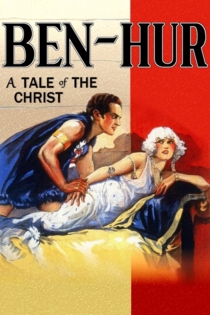
The Enemy
Fred Niblo
Lillian Gish, Ralph Forbes
Carl Behrend, son of a wealthy businessman, marries Pauli Arndt, daughter of a pacifist professor. When World War I breaks out, Carl is drafted. Pauli and her family and friends are left behind to experience the suffering which befell civilians during the war. Her luck worsens when her father is dismissed from his professorship for teaching that war is evil. Her father argues violently with Carl's father, and degradation and despair descend on Pauli and her family as they await Carl's return from the front.
The Enemy

The Red Lily
Fred Niblo
Ramon Novarro, Enid Bennett
Jean and Marise, young lovers forced from their homes, flee to Paris. Irrevocably separated there, their lives deviate into the slums and hard labor of low-class French society. All the while, the two desperately search for one another.
The Red Lily

The Three Musketeers
Fred Niblo
Douglas Fairbanks, Adolphe Menjou
The young Gascon D'Artagnan arrives in Paris, his heart set on joining the king's Musketeers. He is taken under the wings of three of the most respected and feared Musketeers, Porthos, Aramis, and Athos. Together they fight to save France and the honor of a lady from the machinations of the powerful Cardinal Richelieu.
The Three Musketeers

Two Lovers
Fred Niblo
Ronald Colman, Vilma Banky
Set during the 16th-century Spanish occupation of Flanders, the story concentrates on the fiercely patriotic Mark Van Ryke (Colman). Donning the guise of "Leatherface," a swashbuckling masked avenger, Van Ryke performs his derring-do on behalf of the Prince of Orange (Nigel de Brulier). Naturally, Van Ruke considers beautiful Spanish aristocrat Donna Leonora de Vargas (Vilma Banky) to be a bitter enemy, and the feeling is mutual. To no one's surprise, however, Van Ryke and Donna Leonara eventually fall in love (hence the title). The pulse-pounding climax finds Van Ryke riding hell-for-leather through a rainstorm to warn the Flemish troops about the Spaniards' plans to burn the city of Ghent to the ground. Two Lovers was based on Madame Orczy's novel Leatherface, and adapted for the screen by Alice Duer Miller.
Two Lovers
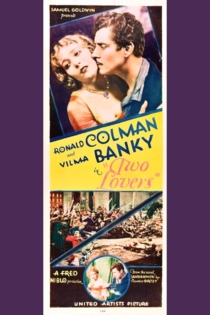
Crazy House
Edward F. Cline
Ole Olsen, Chic Johnson
Ole Olsen and Chic Johnson are Broadway stars who return to Universal Studios to make another movie. The mere mention of Olsen and Johnson's names evacuates the studio and terrorizes the management and personnel. Undaunted, the comedians hire an assistant director and unknown talent, and set out to make their own movie.
Crazy House

Blood and Sand
Fred Niblo
Rudolph Valentino, Nita Naldi
Juan is the son of a poor widow in Seville. Against his mother's wishes he pursues a career as toreador. He rapidly gains national prominence, and takes his childhood sweetheart Carmen as his bride. He meets the Marquis' daughter Doña Sol and finds himself in the awkward position of being in love with two women, which threatens the stability of his family and his position in society. He finds interesting parallels in the life of the infamous bandit Plumitas when they eventually meet by chance.
Blood and Sand

